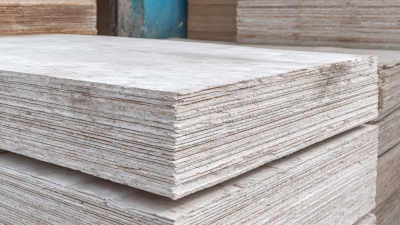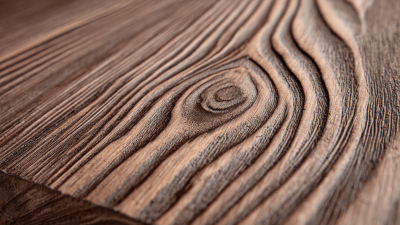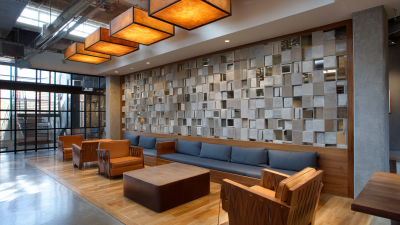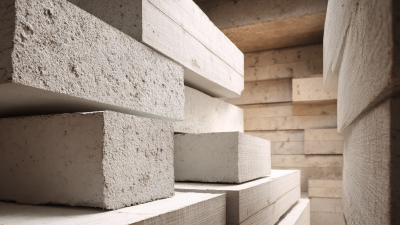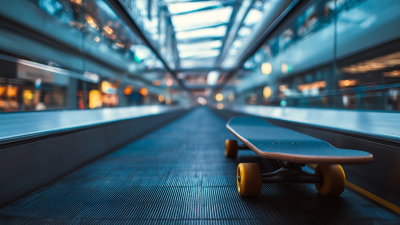5 Essential Tips for Choosing the Right Fiber Cement Façade
When it comes to enhancing the exterior of residential and commercial properties, the choice of materials plays a pivotal role in aesthetic appeal, durability, and maintenance. A popular option in modern construction is the Fiber Cement Façade, known for its resilience and versatility. According to a report by Grand View Research, the global fiber cement market size was valued at USD 10.2 billion in 2020 and is projected to grow at a compound annual growth rate (CAGR) of 3.8% from 2021 to 2028. This highlights an increasing preference for siding materials that not only withstand harsh weather but also provide an attractive finish. However, selecting the right fiber cement façade requires careful consideration of various factors, including product quality, installation methods, and potential environmental impacts—elements that can significantly affect long-term performance and value. In this blog, we will explore five essential tips to guide you in making an informed decision about fiber cement façades, ensuring that your investment is both practical and aesthetically pleasing.

Understanding the Durability: Industry Data on Fiber Cement Façade Lifespan and Performance
When considering a fiber cement façade for your building, understanding its durability is paramount. Recent industry data reveals that fiber cement products can offer impressive lifespans, often surpassing 50 years with minimal maintenance. This stands in contrast to other façade materials, such as traditional wood or even certain types of concrete, which may require more frequent repairs or replacements. The longevity of fiber cement not only contributes to lower long-term costs but also reduces the environmental impact associated with material waste.
In addition to durability, the growing demand for fiber cement is reflective of a broader industry shift towards sustainable construction practices. Market projections indicate that the global fiber cement market could reach a valuation of USD 30.8 billion by 2035, growing at a compound annual growth rate (CAGR) of 4.5%. This trend aligns with a rising awareness of the construction sector's carbon footprint and the need to adopt materials that mitigate atmospheric emissions. Evaluating the environmental lifecycle of your façade materials ensures that you contribute positively to sustainability efforts, making informed decisions that benefit both your project and the planet.

Evaluating Aesthetic Options: Trends and Consumer Preferences in Fiber Cement Façade Designs
When considering the aesthetic options for fiber cement façades, it's crucial to stay current with trends and consumer preferences. Modern designs increasingly favor clean lines and natural textures that mimic traditional materials like wood or stone, providing a sophisticated yet practical solution. To choose the right façade, explore color palettes that resonate with your style; muted earth tones and bold contrasts are popular choices that can enhance the overall look of your building.
One essential tip is to evaluate how different finishes affect the appearance of fiber cement. A smooth finish might suit contemporary designs, while a rough texture can lend a rustic charm to your façade. It’s also worth considering the impact of design patterns. Vertical or horizontal lines can change perceptions of height and width, so select a style that complements the architecture of your home or commercial space. Duration and maintenance of the façade should also guide your choice, with many opting for finishes that offer durable beauty without extensive upkeep.
Lastly, always prioritize sustainability in your choices. Eco-friendly fiber cement products not only align with modern consumer values but also often come with aesthetic versatility, allowing you to achieve a stunning look while being environmentally responsible.
Consumer Preferences in Fiber Cement Façade Designs
Assessing Climate Compatibility: How Fiber Cement Façades Perform in Various Weather Conditions
When selecting the right fiber cement façade for your building, assessing its performance in various weather conditions is crucial. Fiber cement materials are known for their durability, but understanding how they react to specific climatic challenges can significantly influence your choice. For instance, in regions with extreme temperature fluctuations, the thermal performance of these façades can be enhanced through innovative designs. Emerging trends suggest that incorporating phase change materials (PCM) into façade systems can improve energy efficiency, keeping interiors comfortable under varying weather conditions.
Moreover, the integration of double-skin façade configurations is gaining traction for optimizing energy performance. This system allows for better temperature regulation and minimizes the strain on heating and cooling systems. By creating a buffer zone between the exterior environment and the interior space, double-skin façades enhance thermal insulation and can effectively manage moisture levels. Therefore, when assessing climate compatibility, it's essential to consider not only the material properties of fiber cement but also the benefits of advanced façade technologies to ensure long-lasting performance and sustainability.
5 Essential Tips for Choosing the Right Fiber Cement Façade - Assessing Climate Compatibility
| Climate Type |
Temperature Range (°C) |
Humidity Level (%) |
Recommended Fiber Cement Thickness (mm) |
Durability Rating (Years) |
| Tropical |
20 - 35 |
70 - 90 |
10 |
20 |
| Temperate |
10 - 25 |
60 - 80 |
8 |
25 |
| Cold |
-10 - 15 |
30 - 70 |
12 |
30 |
| Arid |
15 - 40 |
10 - 40 |
9 |
20 |
Calculating Cost-Effectiveness: Long-Term Savings of Investing in Quality Fiber Cement Products
When considering a façade for your building, the upfront cost is often a primary concern. However, it's essential to evaluate the long-term savings that quality fiber cement products can provide. While they may carry a higher initial price tag, fiber cement façades are known for their durability, low maintenance requirements, and resistance to environmental factors such as moisture and pests. This durability translates into fewer repairs and replacements over the years, ultimately saving you significant amounts of money.

Moreover, quality fiber cement products offer energy efficiency benefits too. Many options come with insulation properties that help regulate indoor temperatures, reducing energy consumption for heating and cooling. These savings can further offset the initial investment in high-quality materials. By choosing the right fiber cement façade, not only do you enhance your building's aesthetic appeal, but you also secure a sound financial decision that pays off in the long run. Investing in fiber cement is not just about the present cost; it's about paving the way for sustainable savings and increased property value in the future.
Installation Insights: Best Practices and Professional Tips for Fiber Cement Façade Application
When it comes to installing fiber cement façades, understanding best practices is crucial for achieving a professional and durable finish. Firstly, proper surface preparation is essential. Ensure that the underlying structure is clean, dry, and free from any debris before installation. This not only helps in adhering the panels securely but also prevents issues like moisture infiltration which can lead to mold and decay. Additionally, checking for level and alignment is critical to ensure that the façade appears uniform and visually appealing once completed.
Another key aspect is to follow the manufacturer's guidelines closely, particularly regarding fastening and spacing of the panels. Using the recommended fasteners and tools can significantly impact the overall integrity of the installation. Additionally, consider the local climate when selecting your finishing materials; for instance, applying a weather-resistant sealant can enhance the façade's longevity in areas prone to heavy rainfall or extreme temperatures. Finally, enlisting professionals who have experience with fiber cement installations can provide insights that enhance both the aesthetic and functional aspects of the façade.

Products
About Us
Download
News
Blog
Contact Us
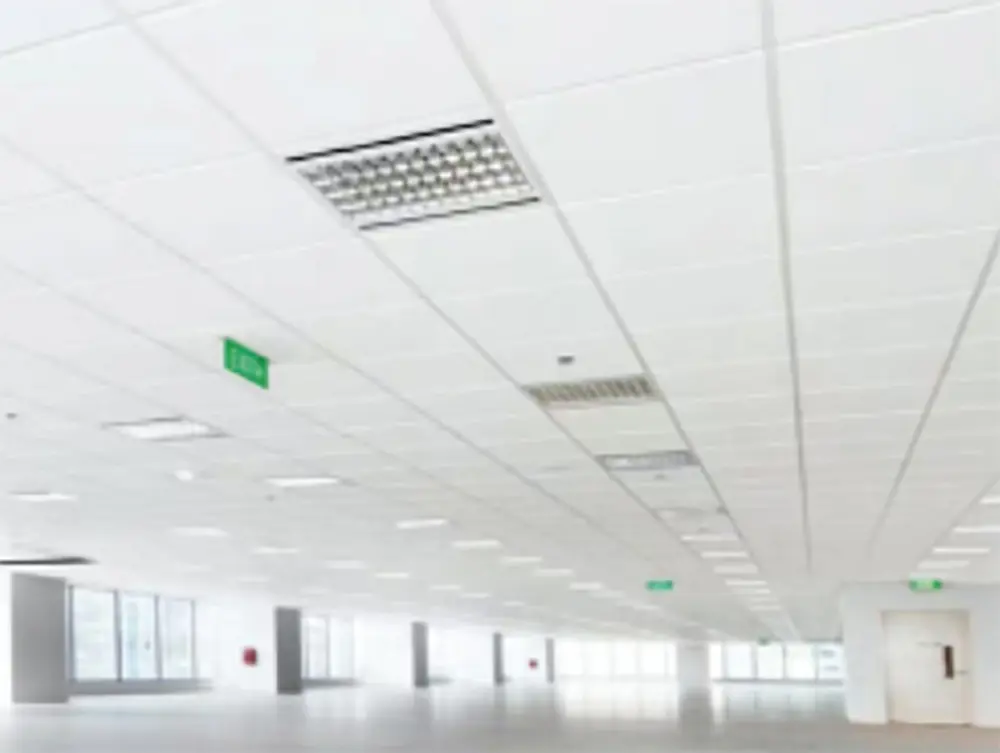 LEAO®Deco Ceiling
LEAO®Deco Ceiling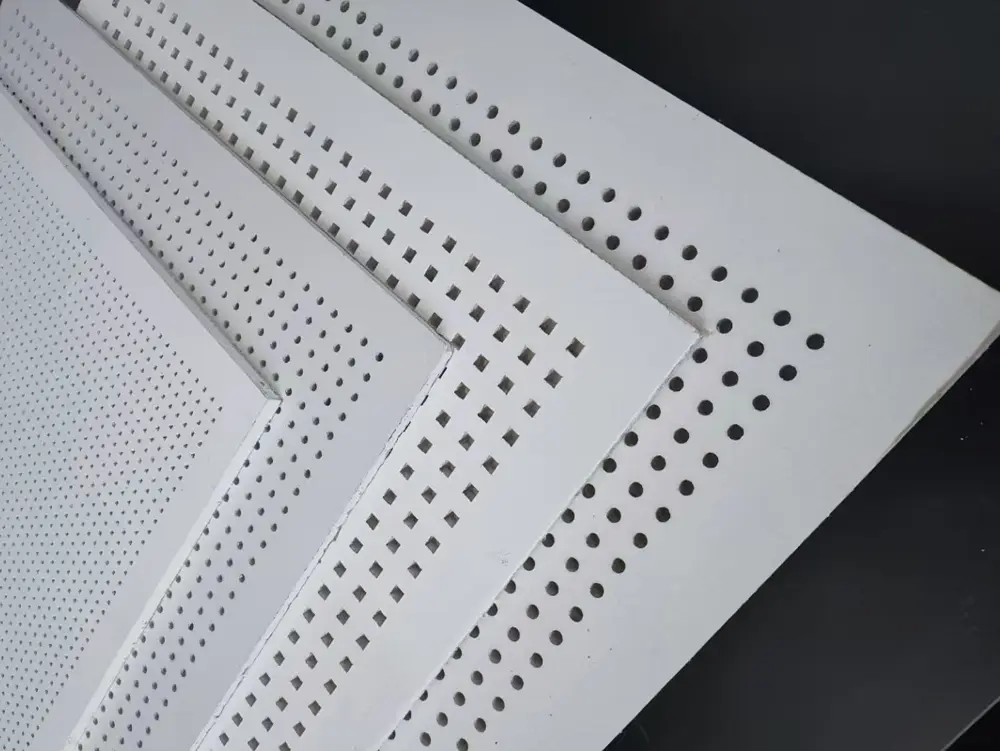 LEAO® Perforated Ceiling
LEAO® Perforated Ceiling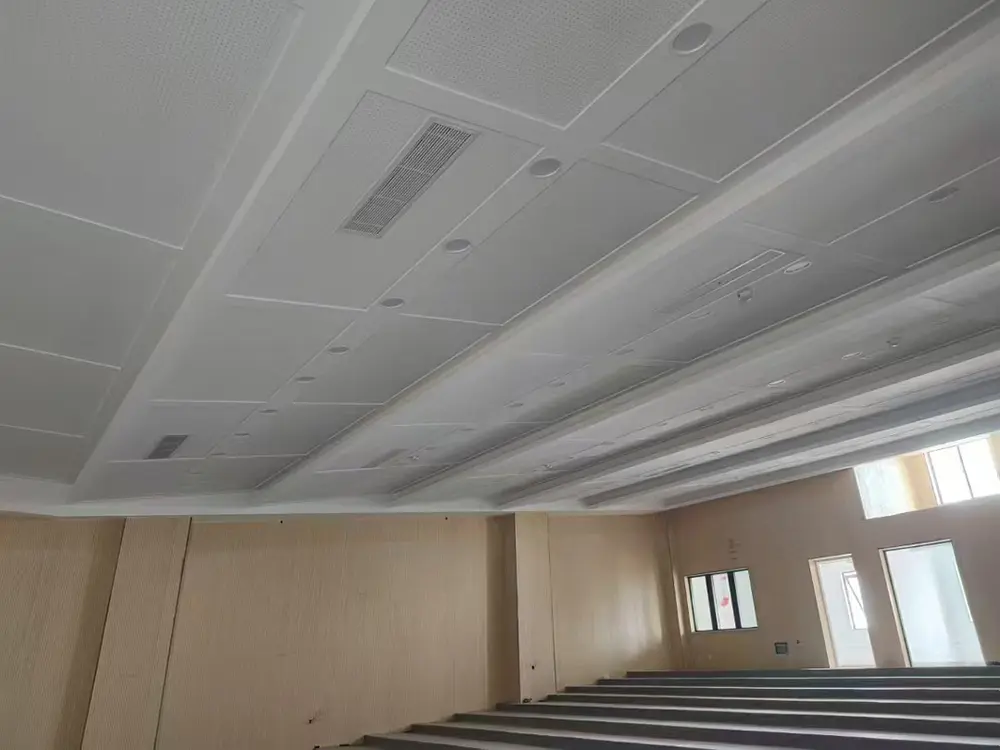 LEAO® Ceiling Board
LEAO® Ceiling Board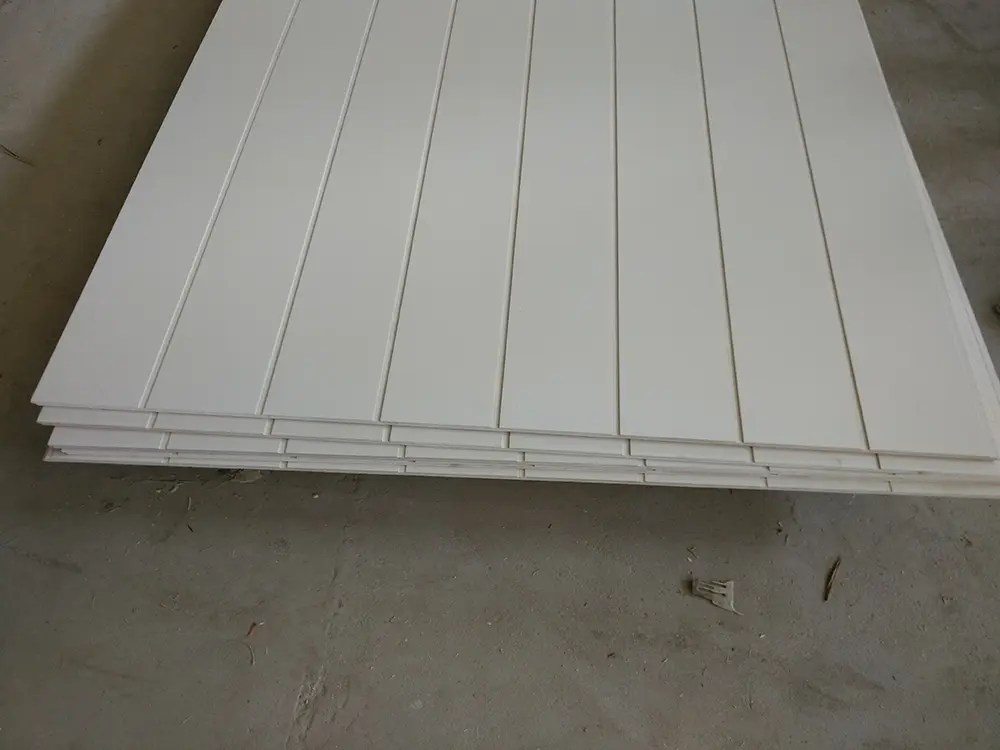 LEAO® Groove Interior Panel
LEAO® Groove Interior Panel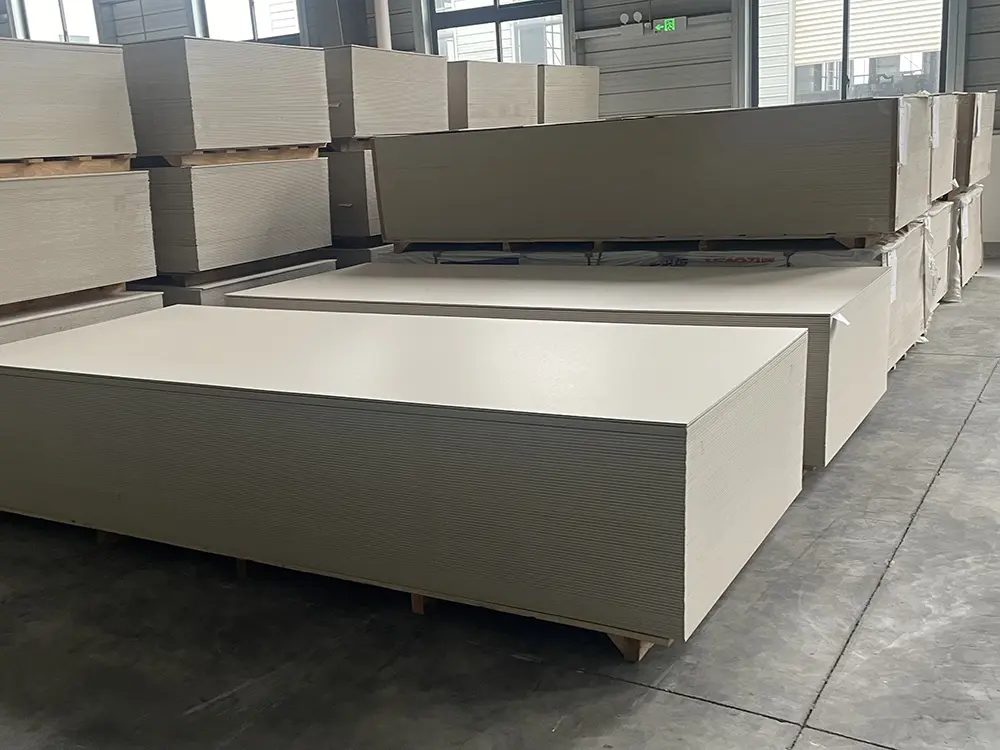 LEAO® Interior Board
LEAO® Interior Board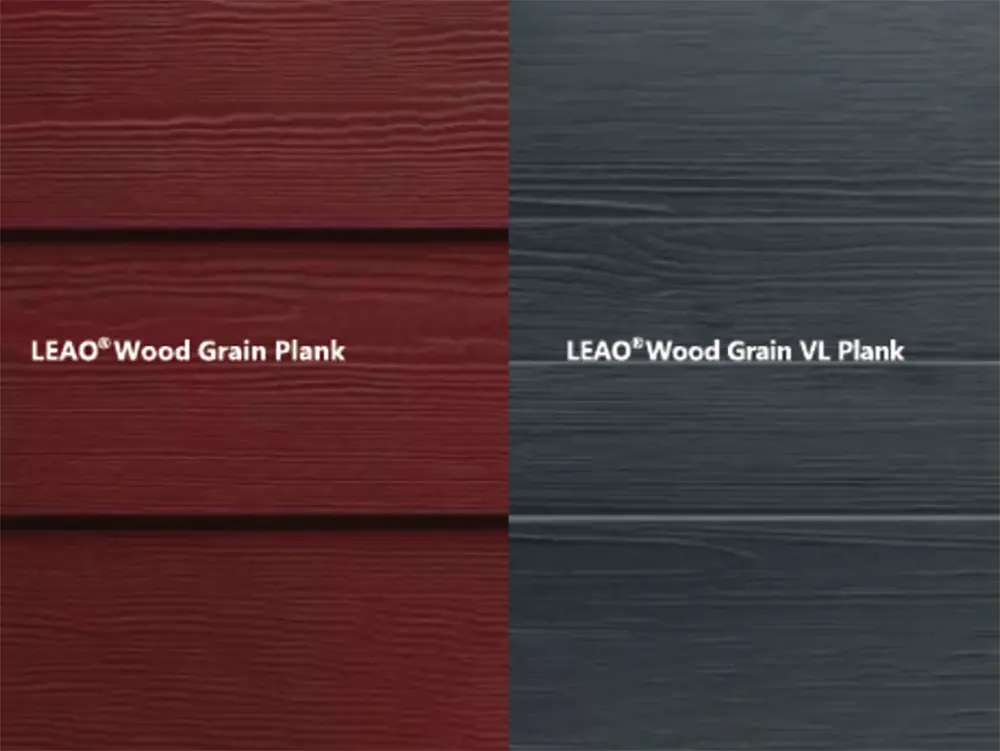 LEAO® Wood Grain Plank
LEAO® Wood Grain Plank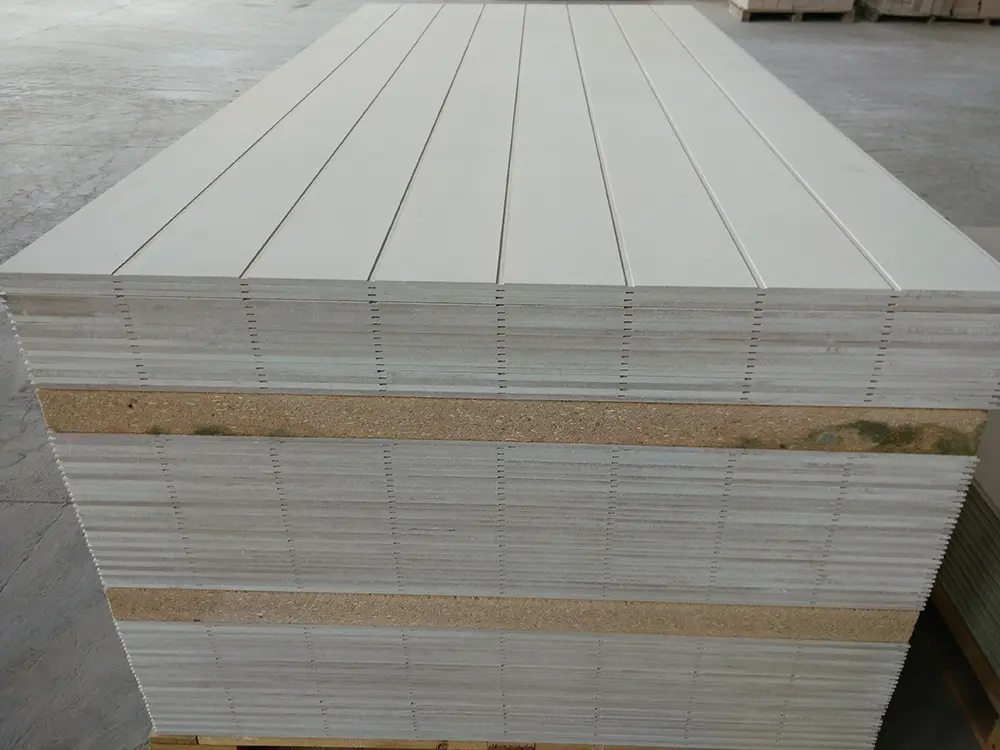 LEAO® Grooved Exterior Panel
LEAO® Grooved Exterior Panel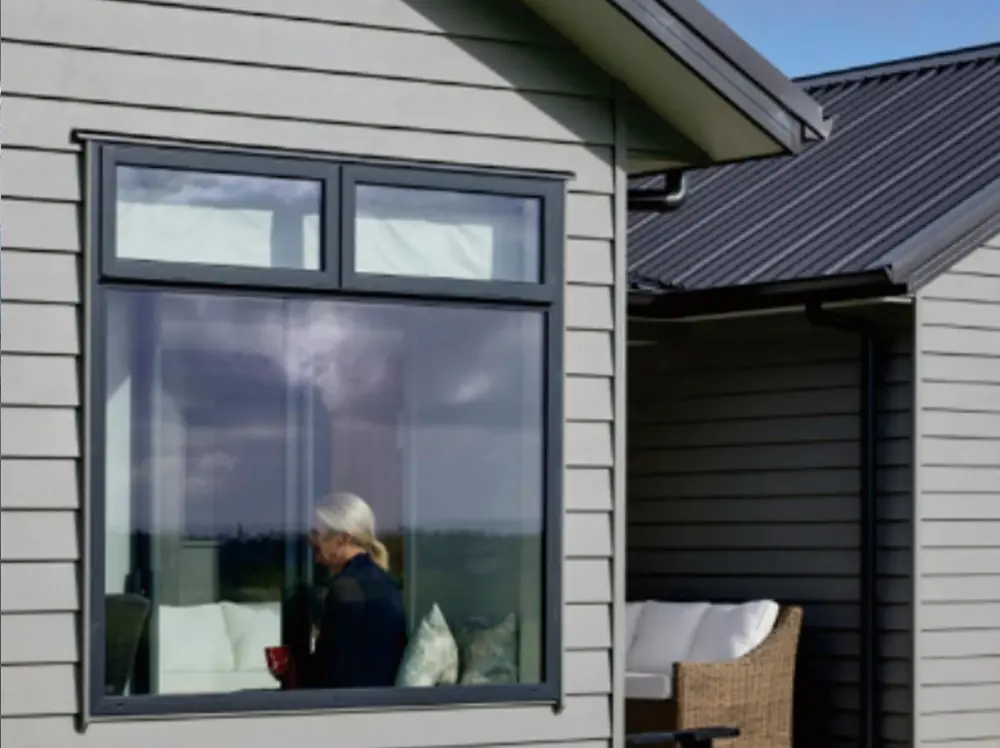 LEAO® Weatherboard
LEAO® Weatherboard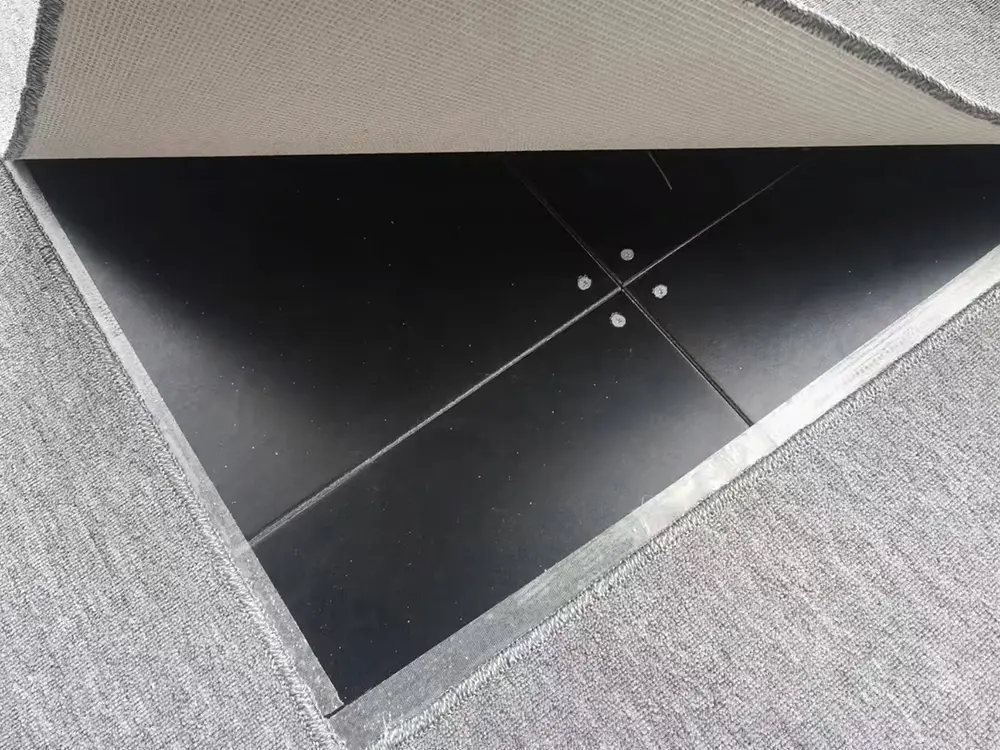 LEAO® Access Floors
LEAO® Access Floors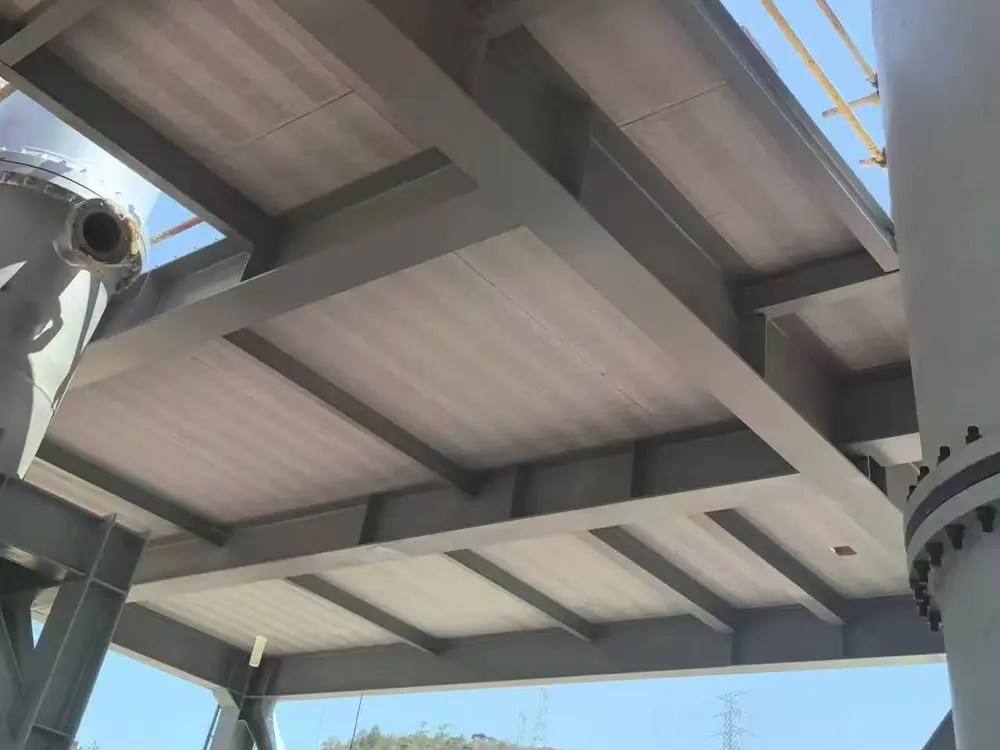 LEAO® Non-removable Formwork
LEAO® Non-removable Formwork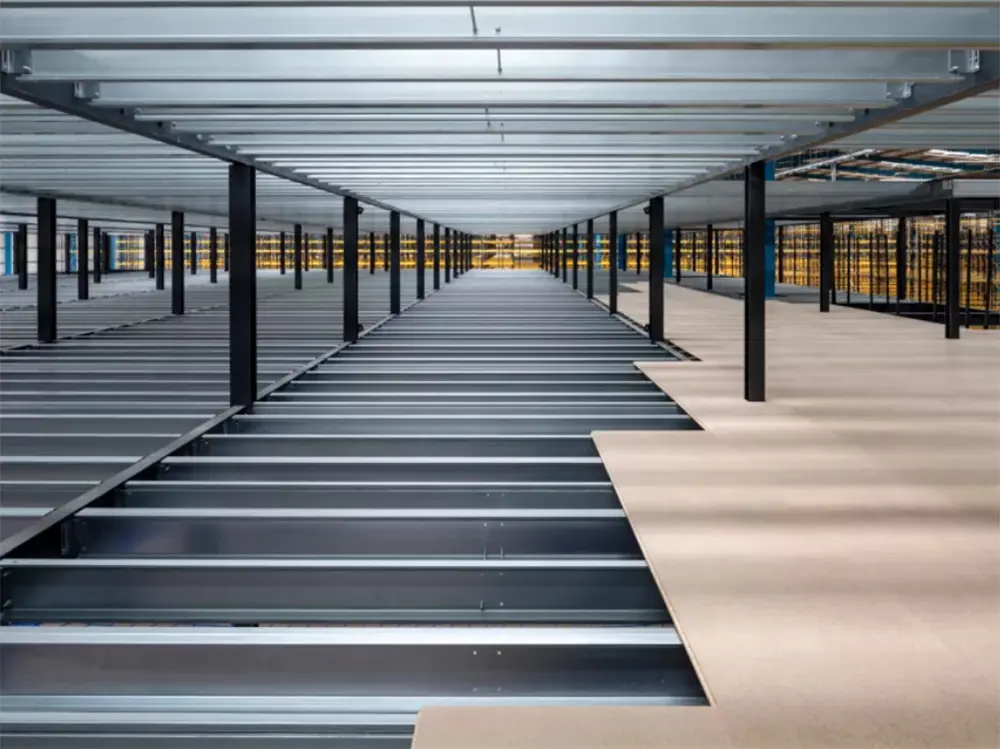 LEAO® Mezzanine Board
LEAO® Mezzanine Board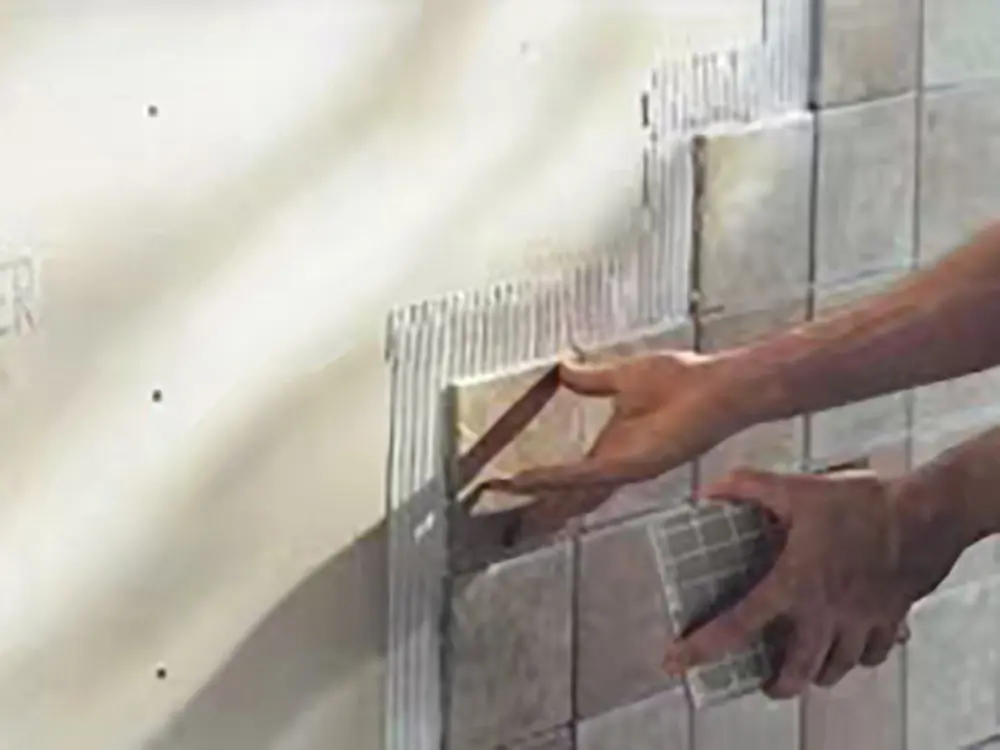 LEAO® Ceramic Tile Underlay
LEAO® Ceramic Tile Underlay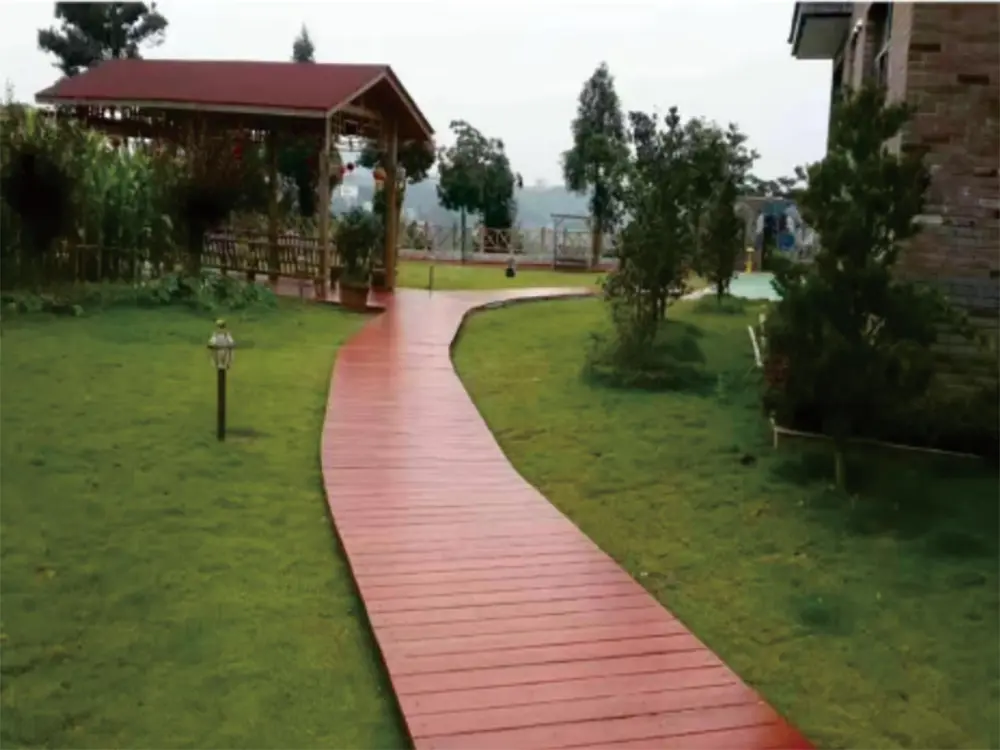 LEAO® Floor Plank
LEAO® Floor Plank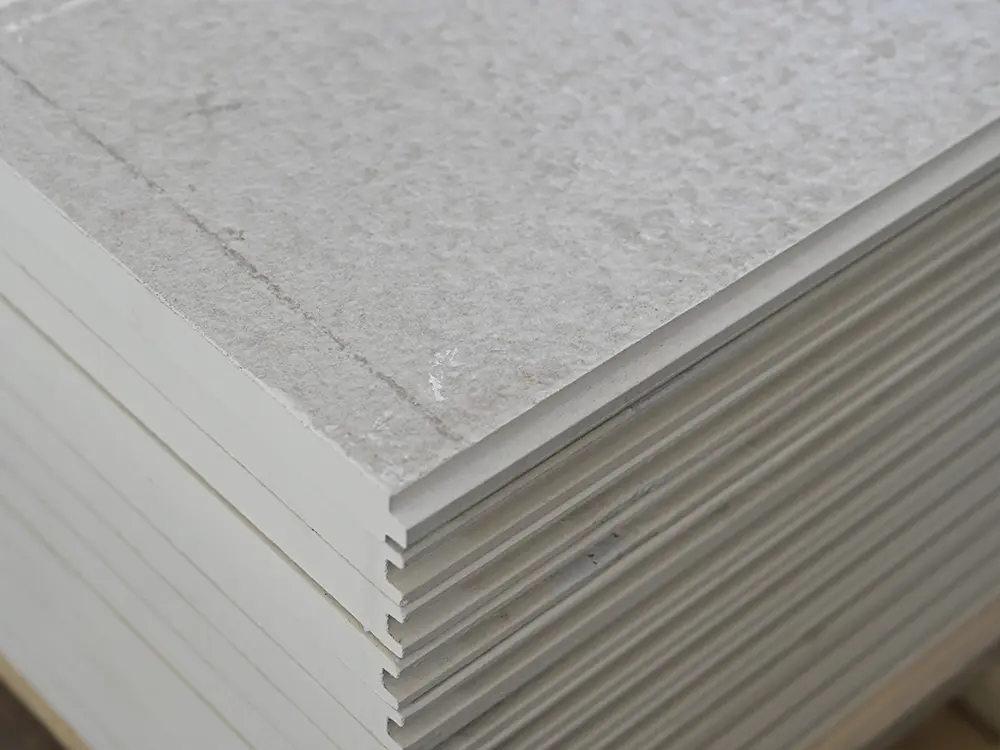 LEAO® Flooring
LEAO® Flooring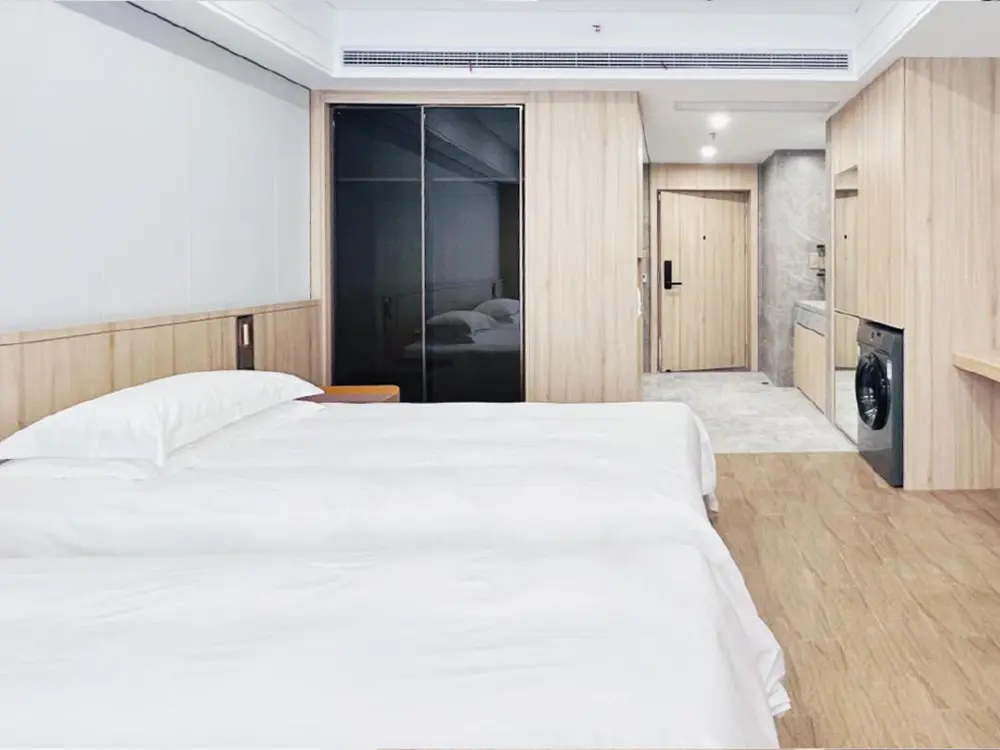 LEAO® Wood Style Decorative Panel
LEAO® Wood Style Decorative Panel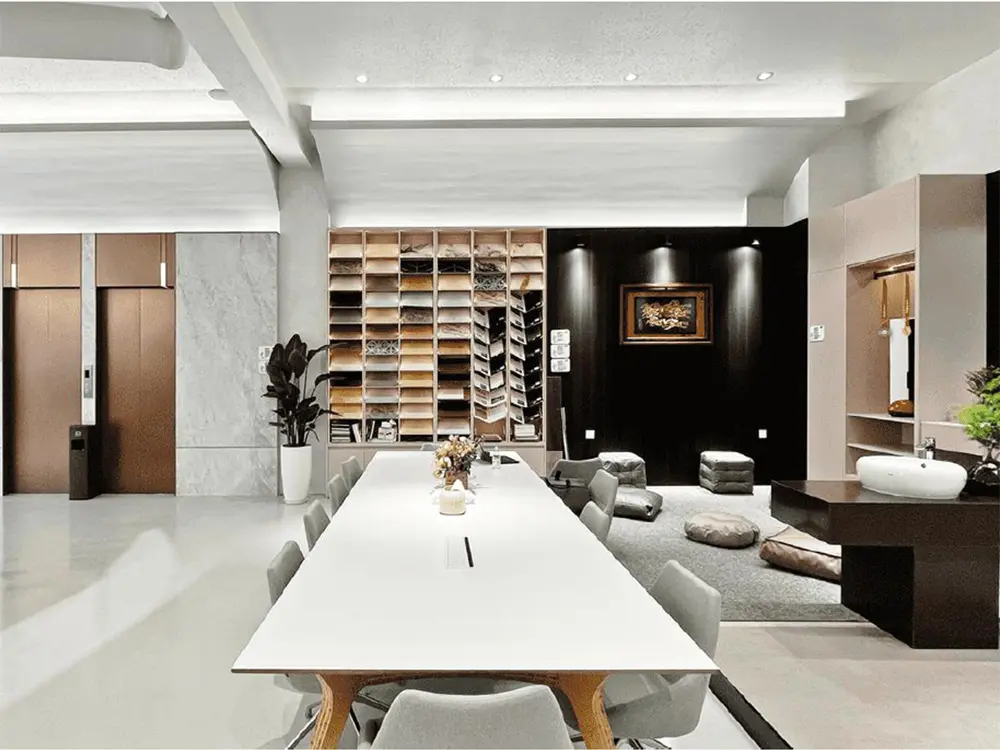 LEAO® Stone Style Decorative Panel
LEAO® Stone Style Decorative Panel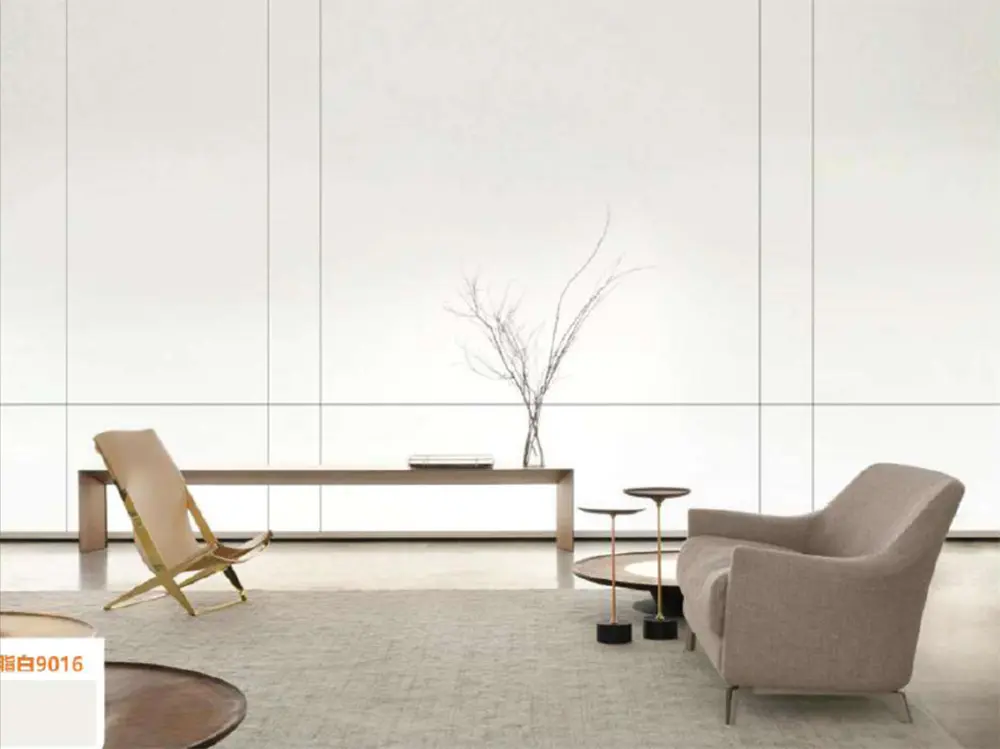 LEAO® Pure Style Decorative Panel
LEAO® Pure Style Decorative Panel


